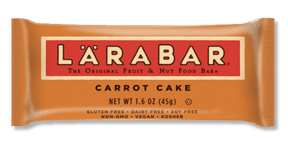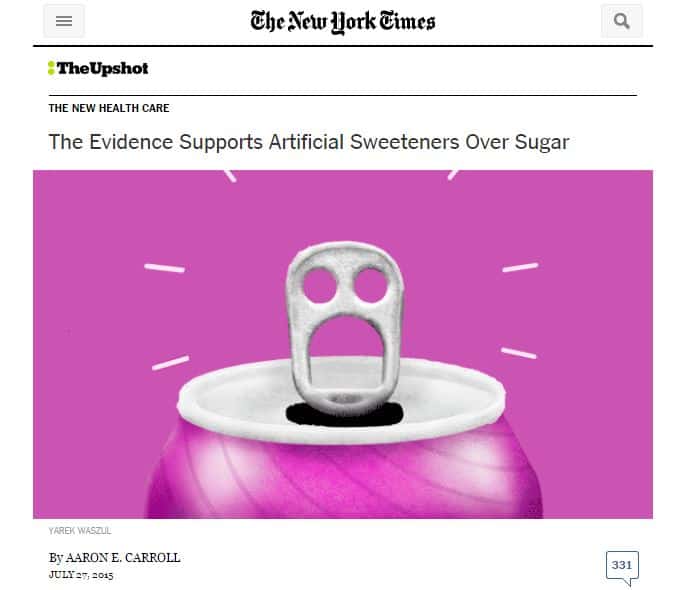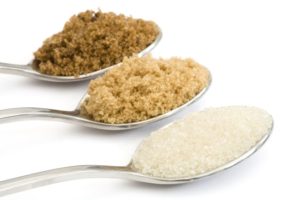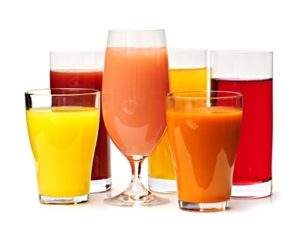Q. I have read that all concentrated sweeteners are devoid of nutrients and count as “empty calories,” but  some less refined sweeteners, such as maple syrup and molasses, are high in many minerals. Considering that Americans eat almost a 1/2 cup of sweetener a day (mostly as refined sugar and high fructose corn syrup), wouldn’t we better off nutritionally if we assuaged our sweet tooth with half a cup of maple syrup or molasses instead?
some less refined sweeteners, such as maple syrup and molasses, are high in many minerals. Considering that Americans eat almost a 1/2 cup of sweetener a day (mostly as refined sugar and high fructose corn syrup), wouldn’t we better off nutritionally if we assuaged our sweet tooth with half a cup of maple syrup or molasses instead?
A. If you insist on driving 200 miles per hour, you’d make yourself a little safer by wearing your seat belt. But if you really want to improve your chances of surviving, you’d be better off slowing down–AND wearing your seat belt!
By the same token, replacing white sugar with maple or molasses might offer a slight nutritional upgrade. But if you’re looking to improve your health, I think you’d accomplish more by cutting back on sugar–as well as, perhaps, using less refined sources.
See also: Why is sugar bad?
How Nutritious Are Natural Sweeteners?
Let’s take a closer look at the nutrients in molasses.
One-half cup of molasses supplies:
- 35% of DV for calcium
- 44% of DV for iron
- 56% of DV for vitamin B6
- 70% of DV for potassium
- 100% of DV for magnesium
- 129% of DV for manganese
Not so shabby! On the other hand, , a half cup of molasses also contains 93 grams of sugar, about four times the amount suggested in the latest recommendations from the AHA and 489 calories (about 25% of the average daily calorie needs). Obviously, you can get those nutrients with a lot less calories and sugar from other foods.
Now, let’s say you cut your consumption of added sugar to something closer to the level recommended by the AHA. Two tablespoons of molasses would only provide:
- 9% of DV for calcium
- 11% of DV for iron
- 14% of DV for vitamin B6
- 18% of DV for potassium
- 25% of DV for magnesium
- 32% of DV for manganese
Not quite as impressive. But, sure, why not choose the sweetener with the added nutrients over nutritionally devoid white table sugar? Just don’t let it seduce you into thinking that more is better!
Maple syrup, by the way, is not quite as nutritious as molasses. Two tablespoons supplies:
- 2% of DV for magnesium
- 2% of DV for potassium
- 3% of DV for calcium and iron
- 11% of DV for zinc
- 66% of DV for manganese
See also: How to Cut Your Added Sugar Intake




![sugar-free[1]](https://nutritionovereasy.com/wp-content/uploads/2015/05/sugar-free1.gif)


